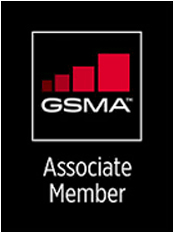A Radio Access Network (RAN) is an essential component of mobile telecommunications architecture. It serves as the interface connecting user devices, such as smartphones, tablets, and IoT devices, to a telecom provider’s core network.
RAN facilitates data and voice transmission over wireless communication channels, enabling robust connectivity across multiple mobile technology generations, including 2G, 3G, 4G (LTE), and 5G.
With the advent of 5G, RAN architecture has evolved significantly to meet the demands for enhanced speed, reduced latency, and an unprecedented increase in simultaneously connected devices.
The advanced capabilities of modern RANs are pivotal for delivering high-performance services across various applications, from autonomous driving to smart city infrastructure.
- Provides a wireless interface between user devices and the core network.
- Supports voice and data transmission across multiple generations of mobile technology.
- Facilitates the connection of a vast number of devices simultaneously in 5G.
- Incorporates small cells for enhanced coverage in high-density urban areas.
- Enables real-time processing with Multi-access Edge Computing (MEC).
- Massive MIMO technology enhances capacity by using multiple antennas.
- Beamforming directs radio signals to improve coverage and reduce interference.
- High-frequency usage, including mmWave, for ultra-fast data rates.
- Network slicing allows for the creating of multiple virtual networks tailored to specific applications.

















